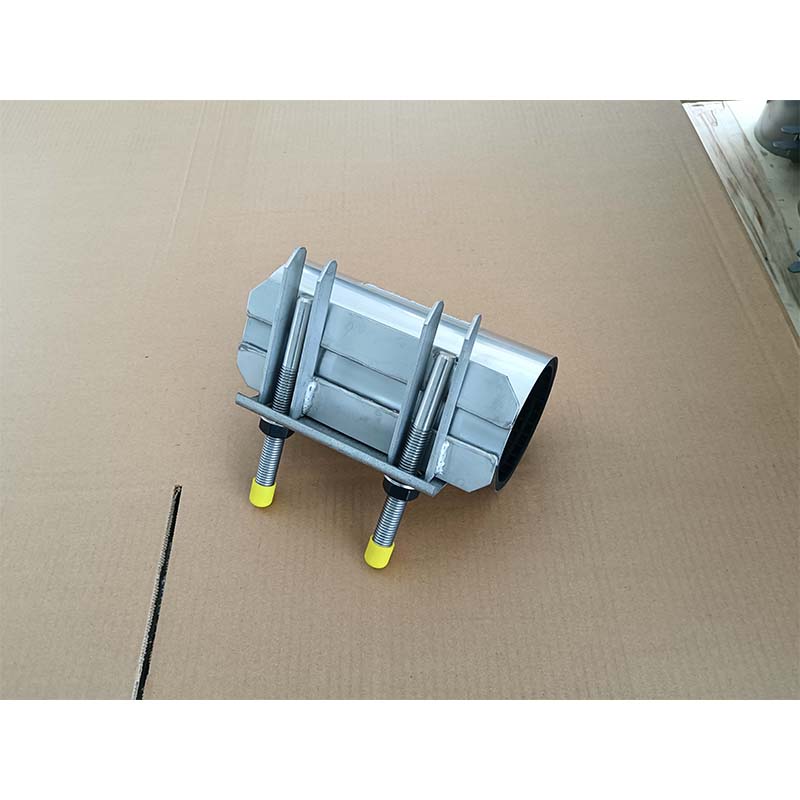Exploring the Design and Functionality of Square Manhole Covers in Urban Infrastructure
The Square Manhole Cover A Unique Perspective on Urban Design
In urban environments around the world, manhole covers are an integral yet often overlooked element of city infrastructure. While these metal plates primarily serve a functional purpose, their design can also reveal a great deal about engineering, culture, and urban aesthetics. One notable design choice is the square manhole cover—a choice that raises interesting questions about utility and design philosophy.
Traditionally, manhole covers come in various shapes, including the more widely recognized round design. The circular shape has been favored for centuries, primarily because it prevents the cover from falling into the hole, regardless of how it is positioned. Circular covers can easily roll and are easier to manufacture, transport, and install. However, in some cities, square manhole covers have emerged as an alternative, embodying unique characteristics that invite discussion and examination.
The Square Manhole Cover A Unique Perspective on Urban Design
However, the square manhole cover does come with its own set of challenges. Theoretically, if a square cover is positioned diagonally over the hole, it could fall through. This poses a risk that is inherently absent with round covers. Thus, the use of square manhole covers can be seen as a compromise—acknowledging both aesthetic and practical concerns while also embracing the complexities of urban infrastructure.
square man hole cover

The discussion surrounding square versus round manhole covers also extends into cultural realms. In some cities, manhole covers serve not only as functional objects but also as canvases for regional identity. The designs etched into manhole covers often reflect local history, industry, and craftsmanship, a concept that square designs can embrace as well. Urban artists have begun to use these surfaces to express individuality and community spirit, turning mundane utility into public art.
Moreover, the dialogue around manhole covers is indicative of a broader trend in urban design the blending of aesthetics with practicality. City planners are increasingly recognizing that even the smallest design choices can affect urban life, sustainability, and community cohesion. Whether round or square, the manhole cover stands as a symbol of how cities can balance functionality with beauty.
Ultimately, the square manhole cover invites us to consider the complexity of urban life. It challenges traditional notions of design and provokes thought on how we interact with the spaces around us. While it may seem like a trivial topic, the decision to use square covers can be a reflection of deeper design philosophies and priorities within urban development.
In conclusion, while the square manhole cover may not be the first thing that comes to mind when we think of urban design, it serves as a fascinating case study in the intersection of functionality, safety, and aesthetics. As cities continue to evolve, embracing innovative designs that prioritize both form and function may become essential for creating cohesive, beautiful, and functional urban landscapes. The conversation around manhole covers—square or otherwise—reminds us that every element of a city’s infrastructure contributes to the greater narrative of urban living.
-
The Smarter Choice for Pedestrian AreasNewsJun.30,2025
-
The Gold Standard in Round Drain CoversNewsJun.30,2025
-
The Gold Standard in Manhole Cover SystemsNewsJun.30,2025
-
Superior Drainage Solutions with Premium Gully GratesNewsJun.30,2025
-
Superior Drainage Solutions for Global InfrastructureNewsJun.30,2025
-
Square Manhole Solutions for Modern InfrastructureNewsJun.30,2025
-
Premium Manhole Covers for Modern InfrastructureNewsJun.30,2025
